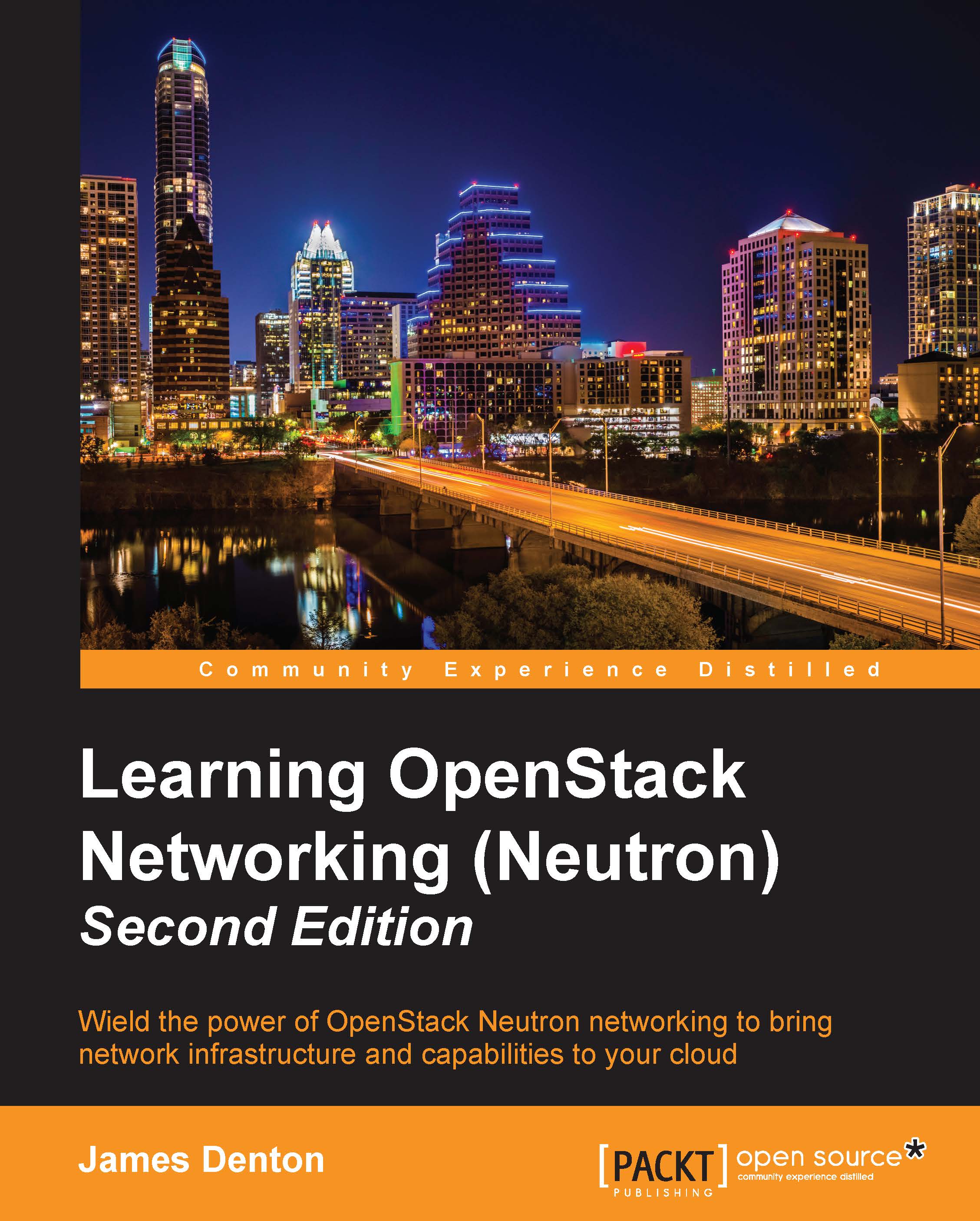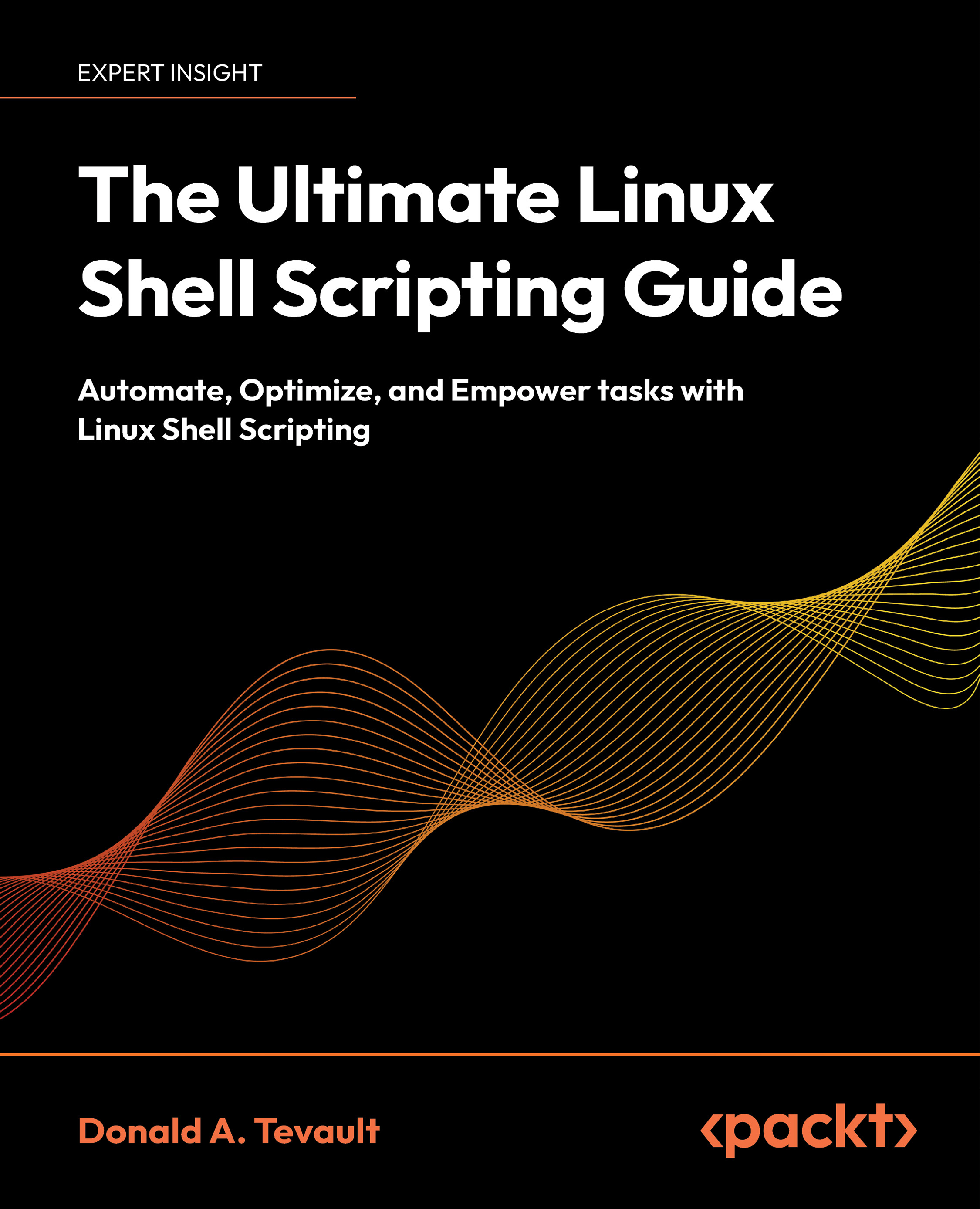Adnan Ahmed Siddiqui is an innovative and results-driven leader with over 8 years of success. He is focused on achieving exceptional results in highly competitive environments that demand continuous improvements. He has a proven ability to architect, design, develop, and deliver cost-effective, high-performance technology solutions to meet challenging business demands. Adnan is competent in Information Lifecycle Management (ILM) and Service Delivery Lifecycle (SDLC) covering business case development, team and project management, delivery, implementation, and support. He provides consultancy and advising to various organizations in the USA and Middle East regions in OpenStack, AWS, Citrix, and Microsoft solutions. Adnan is a founder and CEO of CloudDall INC (www.clouddall.com), a successful company that helps organizations worldwide rapidly migrate their IT infrastructure to the cloud. Their business provisioning includes Public Cloud, Hybrid Cloud, DaaS (Desktop as a Service), backup and archive, disaster recovery, and customized storage services. CloudDall provides subscription-based services tailored to fit a range of business models resulting in reduced cost, enhanced security, control, and productivity. In addition to these achievements, Adnan holds Computer Engineer degree and these certifications: Red Hat Certified Engineer (RHCSA), AWS Certified Solution Architect, Citrix Certified Enterprise Engineer for Virtualization (CCEE), Microsoft Certified Technology Specialist (MCTS), Microsoft Certified Information Technology Professional (MCITP), and Microsoft Certified System Engineer (MCSE). He has also been a Microsoft Certified Trainer (MCT) for 6 years.
Read more
 United States
United States
 Great Britain
Great Britain
 India
India
 Germany
Germany
 France
France
 Canada
Canada
 Russia
Russia
 Spain
Spain
 Brazil
Brazil
 Australia
Australia
 Singapore
Singapore
 Canary Islands
Canary Islands
 Hungary
Hungary
 Ukraine
Ukraine
 Luxembourg
Luxembourg
 Estonia
Estonia
 Lithuania
Lithuania
 South Korea
South Korea
 Turkey
Turkey
 Switzerland
Switzerland
 Colombia
Colombia
 Taiwan
Taiwan
 Chile
Chile
 Norway
Norway
 Ecuador
Ecuador
 Indonesia
Indonesia
 New Zealand
New Zealand
 Cyprus
Cyprus
 Denmark
Denmark
 Finland
Finland
 Poland
Poland
 Malta
Malta
 Czechia
Czechia
 Austria
Austria
 Sweden
Sweden
 Italy
Italy
 Egypt
Egypt
 Belgium
Belgium
 Portugal
Portugal
 Slovenia
Slovenia
 Ireland
Ireland
 Romania
Romania
 Greece
Greece
 Argentina
Argentina
 Netherlands
Netherlands
 Bulgaria
Bulgaria
 Latvia
Latvia
 South Africa
South Africa
 Malaysia
Malaysia
 Japan
Japan
 Slovakia
Slovakia
 Philippines
Philippines
 Mexico
Mexico
 Thailand
Thailand
















